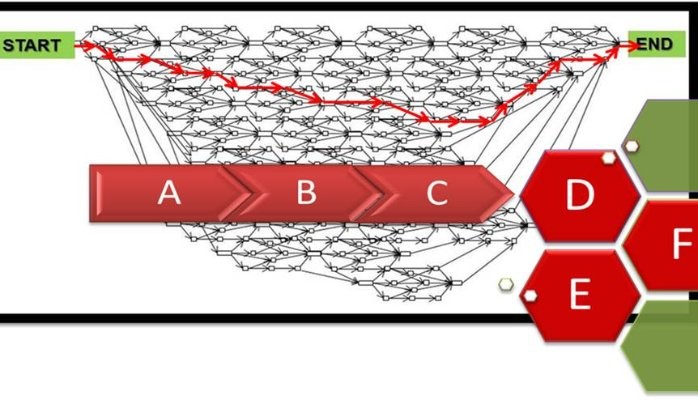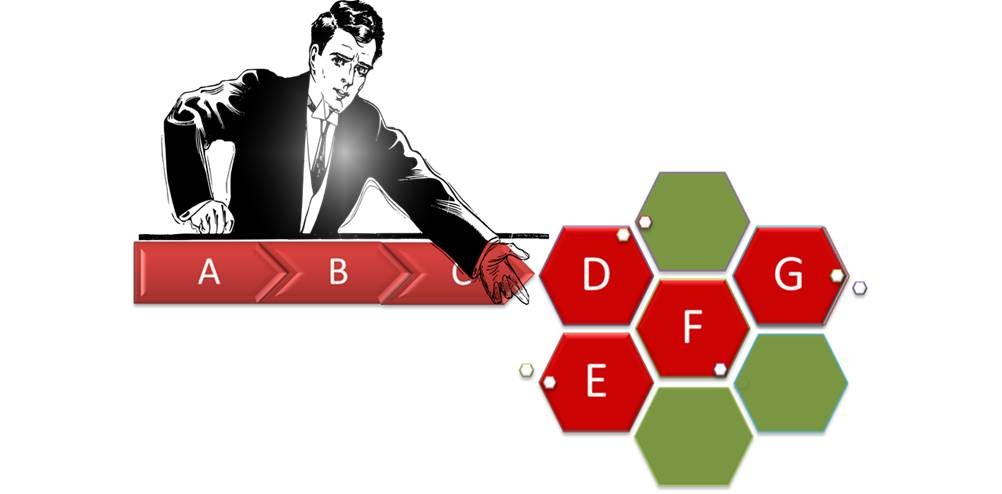
The books “Risk-based Management in the World of Threats and Opportunities: A Project Controls Perspective” and “Plan to Schedule, Schedule to Plan” described critical path as a network of linked schedule activities that determine and control the entire project’s completion time.
Delay to any of the activities sitting on the primary critical path will delay the finish date of the whole project. Any activity sitting on the path is critical even if its duration is only one day or one second. Note however that for many years now, the introduction of the terms, secondary critical path, tertiary critical path, up to the nth path forces one to be clear when using the term. Suffice it to say, in this write up, we refer to the primary path when talking about critical path unless specifically described as another.
Identifying activities belonging to the primary critical path using the Primavera tool has three general setting; i.e. 1) Longest path, 2) Total float equal or less than zero, 3) Path with the lowest Total Float (maybe positive, zero or negative), or 4) whatever the contract defines it to be.
The fourth one depends on how the governing contract defines critical. If the agreement says that all activities with Total Float less than 10 days are critical, then it is. All parties must respect that. The definition of Near Critical activities follows the same gist.
What about the third item regarding the path with lowest TF and the fourth one described as “it depends critical path?”
We automatically tackle the former each time we talk about item 1 and 2. The latter one considers activities as critical depending on how the client perceives the activity to be; i.e. regardless of floats or paths. If the client feels that an activity is important to him, then there is fundamentally no question ask. The activity becomes part of the critical priority list. It becomes as important as the others on the primary path. It becomes part of the contract. This is criticality based on client’s perspective.

Critical Path is a measure of schedule flexibility, discernable through each activity total float. On any network path, flexibility is the positive difference between early and late dates (PMI, Project Risk Management, 2013). It is the shortest time possible for a project to finish.
“Be careful of relative critical path. This is the critical path relative to some select points of constraint only.”
“The path it generates does not represent the overall project’s critical path. The real overall critical path of the schedule is one generated by the calculation of a schedule that has no constraint, a schedule that flows freely.

Relative Critical Path
Anything that prevents the forward and backward pass calculations makes the resulting critical path a bunch of broken path that only makes them dubious and questionable.
Unless the exercise is to study a what-if scenario identifying the schedule drivers that pushes certain dates, a relative critical path can end up misleading the whole team.
A constrained activity limits the full appreciation of the overall critical path. It creates a barrier that prevents the normal logical schedule flow.
It can mislead planners and schedulers to the wrong overall critical path. It causes missed opportunities and poor risk management decisions if not handled properly (Frago, R., 2015).
Difference between the setting “Longest Path” and “Total Float is equal or Less than Zero”
One has to know that the longest path and the total float equal or less than zero both represent the critical path. This knowledge is important for one to appreciate the difference between them. We have to understand sameness to comprehend differences.
I have come across many self-proclaimed planning/scheduling experts in the construction industry. The concerning part is, when the discussion starts to revolve around the critical path fundamentals, more than half cannot even explain its essence. They fail to have that picture-perfect impression of what it really is.
Does this mean that the term critical path is but a salesperson’s word?
How can we trust a project manager, a project specialist, a scheduling expert who does not really know one of the most important aspects of scheduling and good project management?

Concluding Statement
As the scheduling tool is the vehicle to get the project where it wants to be while following the processes required managing time effectively, it is very important that the responsible planning and scheduling person use the tool right.
Knowledge of the tool leverages the effective implementation of the processes involved and vice versa. We should not discount any of them. Implementing management processes using tools like Primavera, SAP, PRISM, and the like, only means that the tool is as important as the knowledge of a project person about his processes.
Pencil pushers and computer jockeys are people who do not know what is going on around them, but moved only by the task to transfer listed data into the system.
They are not tool experts. If you have them in your organization, then they are bound to do the company more harm than good.
What the project needs are personnel who understand why they are doing what they do.
The Project Control Manager and the Project Manager therefore, have a big responsibility in selecting the more knowledgeable person from the ordinaries. They have to choose an excellent one from the mediocre. They themselves should know exactly the questions they asked, not relying on seemingly clever answers that are actually empty discourse.
They also have an additional responsibility of educating the rest with the knowledge of the few. Collaboration and knowledge sharing is key to keeping the project safely afloat using the much neglected planning and scheduling processes.
Rufran C. Frago, PMP, P. Eng., PMI-RMP, CCP, Author
